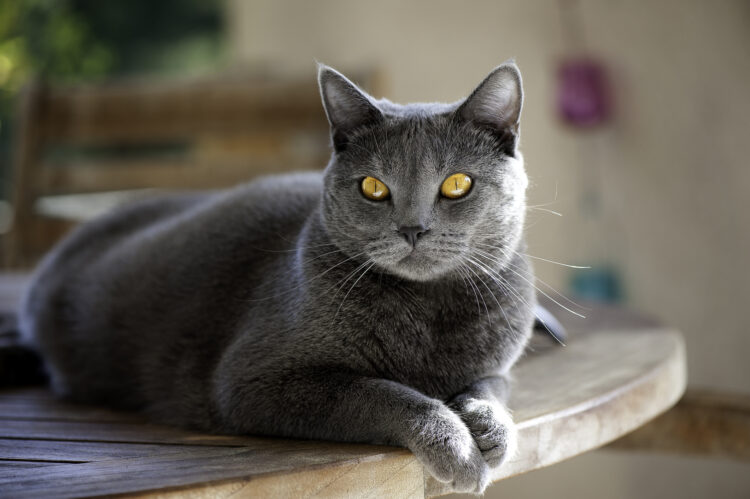
Cats are known for their mysterious vibe and adorable playfulness. They have accompanied people for thousands of years. Today, there is a large number of cat breeds, and cat lovers admire each one for its own reasons. Let us explore the past of 15 fantastic cats to take a closer look at their origins.
Siamese
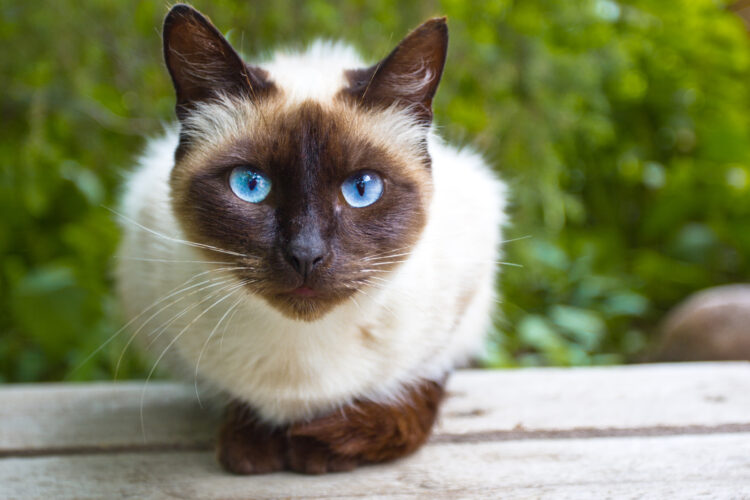
The Siamese cat, with its striking blue eyes and elegant coat, hails from Thailand (formerly Siam). Legend has it these cats were once the guardians of Buddhist temples. They were so revered that only royalty and monks were allowed to own them. The first Siamese cat to reach the Western world was a gift to an American diplomat in the late 19th century.
Maine Coon
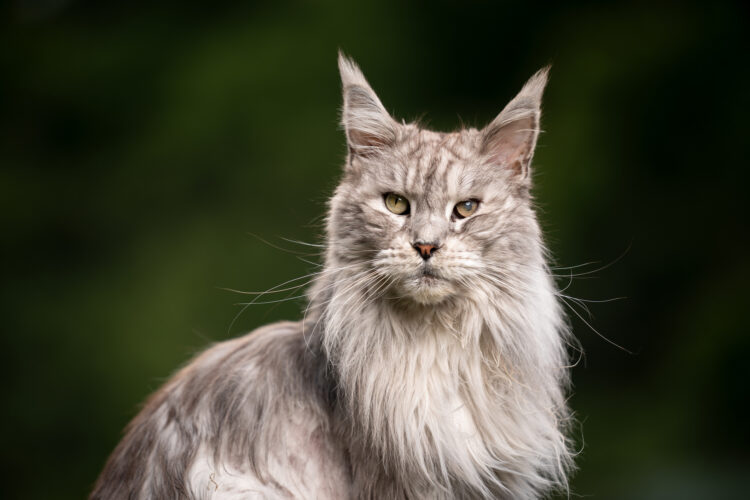
Maine Coons, one of the largest domesticated cat breeds, are true American originals. Originating from Maine, as you might guess, these cats are known for their bushy tails, tufted ears, and ‘dog-like’ loyalty. There is a fun myth that they descended from the cats kept by Marie Antoinette when she planned to escape France. Though not true, it adds a touch of romance to their history!
Persian
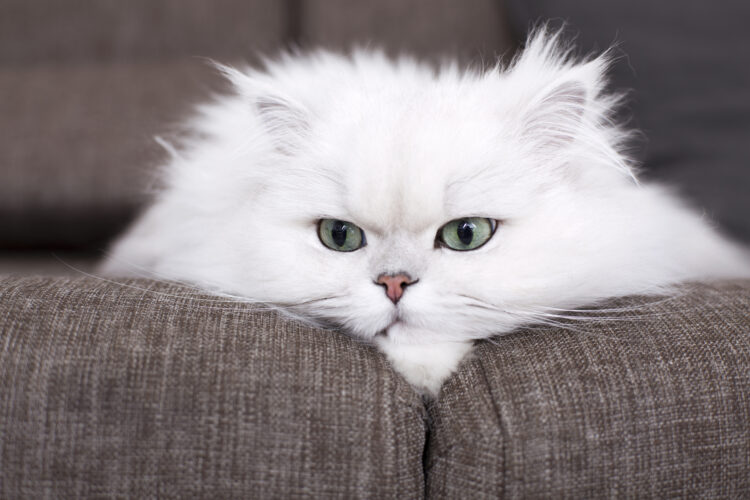
The Persian cat, with its fluffy coat and calm demeanor, has roots in the Middle East, particularly Iran (formerly Persia). These cats were brought to Europe in the 1600s by Italian and Spanish traders. Persians became a symbol of luxury and status in the Victorian era. They were one of the first breeds to be officially recognized in the cat world and continue to be one of the most popular breeds globally.
Bengal
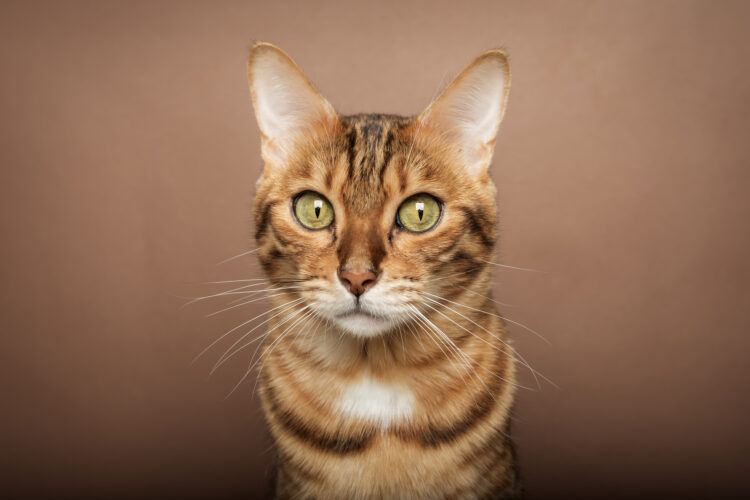
Bengals look like wild leopards with their spotted coats but are as domestic as any other house cat. The breed began in the 1960s and 1970s when a breeder named Jean Mill crossed domestic cats with the Asian leopard cat, a small wildcat, aiming to create a breed that had a wild look with a gentle temperament.
Russian Blue
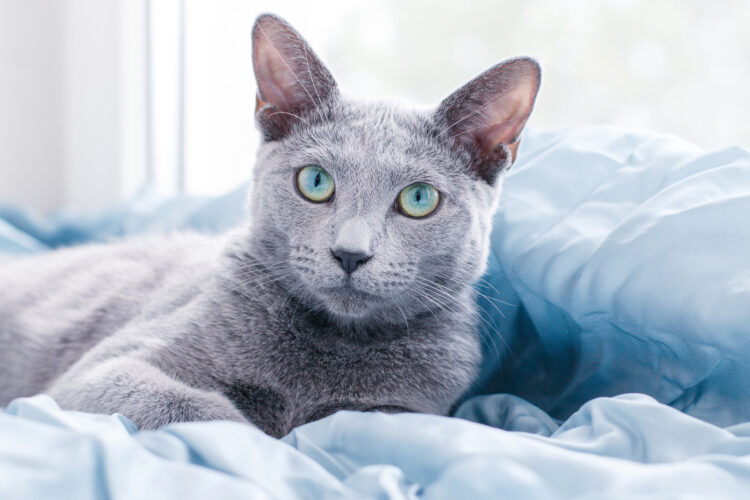
Russian Blues were probably born in the Russian port of Arkhangelsk, which is known for its cold climate and harsh winds. Sailors brought these attractive cats to Europe in the 19th century. This breed is very reserved and shy with strangers, but friendly and loyal with the people they know. They have a silvery coat and green eyes.
Sphynx

The Sphynx, famous for its lack of fur, originated in Canada in the 1960s as a result of a natural genetic mutation. When a domestic cat in Toronto gave birth to a hairless kitten, breeders saw an opportunity and developed the breed through selective breeding. Despite their somewhat alien appearance, Sphynxes are known for their extroverted behavior and cuddliness.
Ragdoll
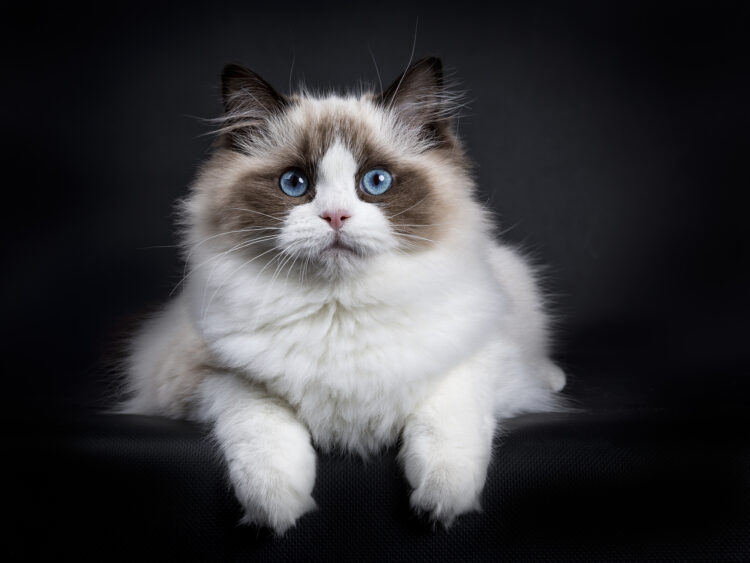
The Ragdoll breed started in the 1960s in California, thanks to a breeder named Ann Baker. She bred a white domestic longhair with other free-roaming cats she owned. Ragdolls are known for their striking blue eyes and unique habit of going limp in your arms when picked up, hence the name.
Abyssinian
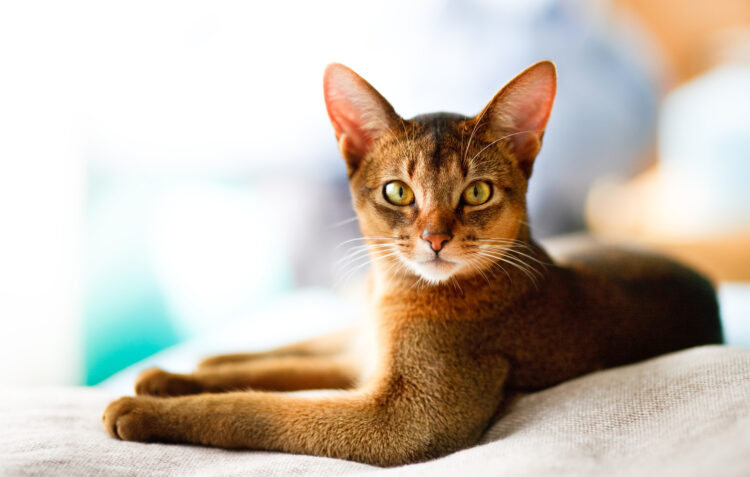
Although named after Abyssinia (now Ethiopia), Abyssinians likely originated from Southeast Asia. The breed resembles the ancient Egyptian cats depicted in sculptures and paintings. They are slender, elegant cats with beautiful ticked coats and are known for their curiosity and playfulness. Abyssinians are often called the “clowns of the cat kingdom” because they love exploring.
Scottish Fold
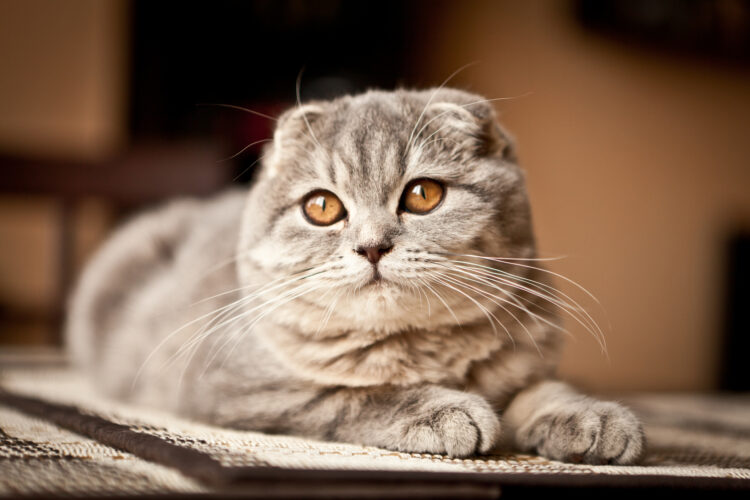
Originating from a farm in Scotland in the 1960s, the Scottish Fold is known for its unique ear shape, which gives it an “owl-like” appearance. This trait results from a natural genetic mutation first discovered in a cat named Susie. The breeders saw potential in Susie’s unusual look and bred her with British Shorthairs to create the Scottish Folds we know today.
Birman
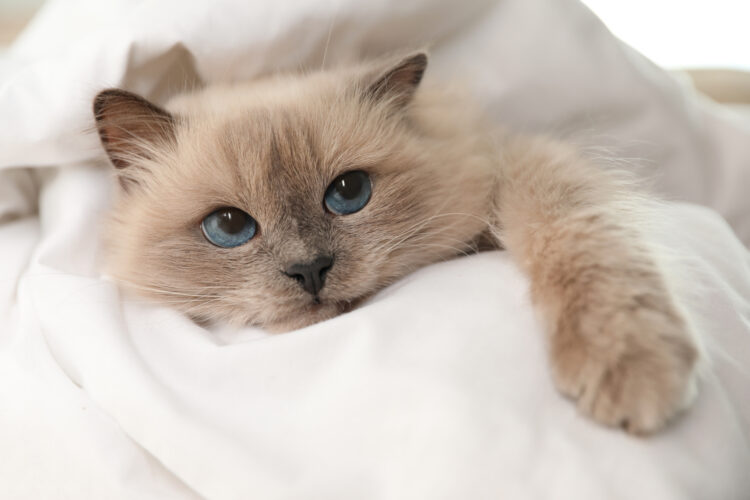
The Birman breed, also known as the “Sacred Cat of Burma,” has a somewhat mystical origin story. According to legend, these cats were the companions of temple priests in Burma. Birmans were thought to house the souls of deceased priests, gaining their striking blue eyes and golden coats through divine transformation.
Burmese
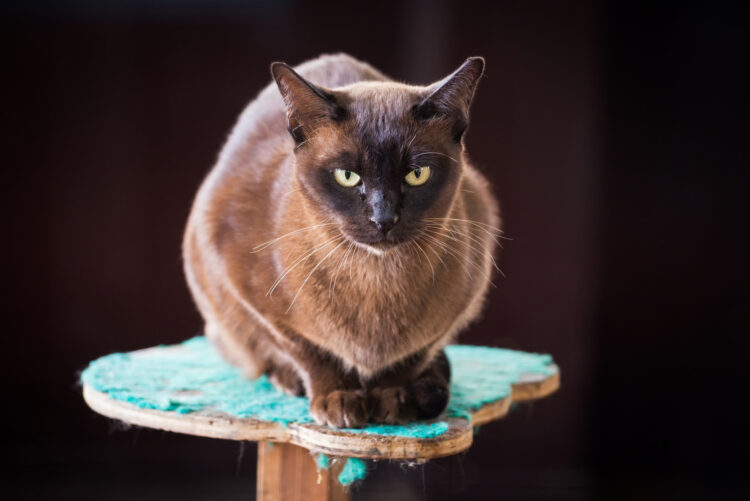
The Burmese cat originates from Burma (now Myanmar) and was brought to the United States in the 1930s. A sailor gifted Dr. Joseph Thompson a small, dark brown cat named Wong Mau, who is considered the mother of the modern Burmese breed. Through careful breeding, primarily with Siamese, Burmese cats became known for their solid, muscular bodies, sable coat, and affectionate nature.
Norwegian Forest Cat
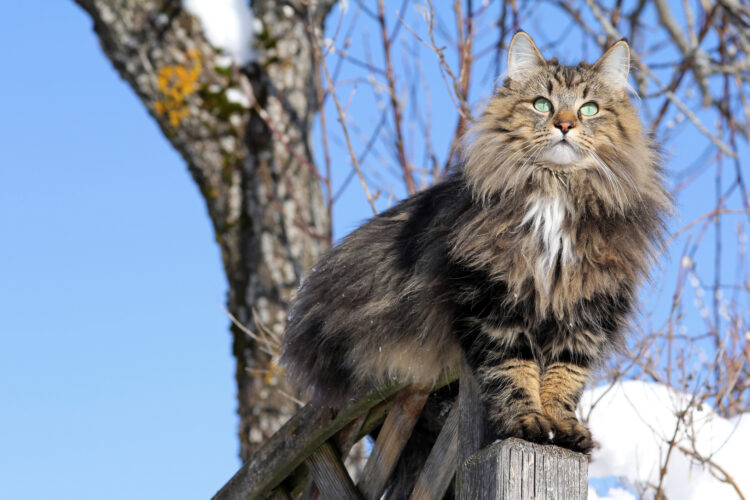
As the name suggests, the Norwegian Forest Cat hails from Norway and has a history that dates back hundreds of years. These cats are believed to have traveled with Vikings, keeping ships free of rodents. Known for their thick, luxurious fur, large build, and friendly disposition, they are built to survive the harsh Scandinavian winters.
Ocicat
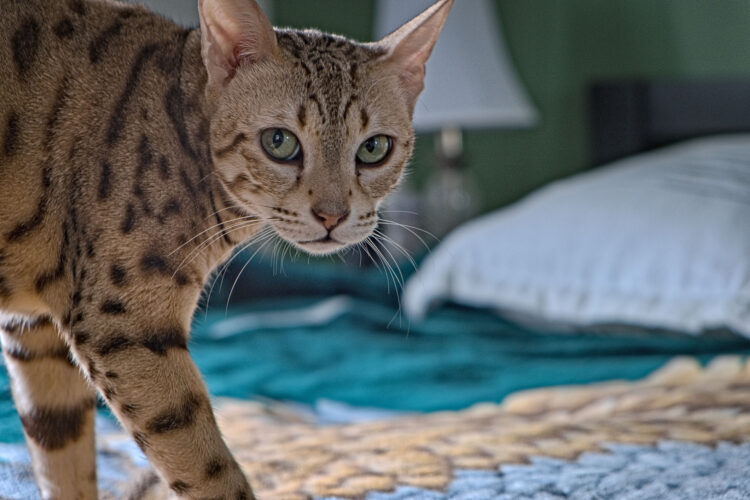
The Ocicat is an American breed created accidentally in the 1960s when a Siamese and Abyssinian were bred to produce an Abyssinian-pointed Siamese. Instead, a kitten with a wild spotted appearance was born. Intrigued by the look, breeders continued to develop the breed, later incorporating American Shorthairs to enhance the spots and add size and body.
Chartreux
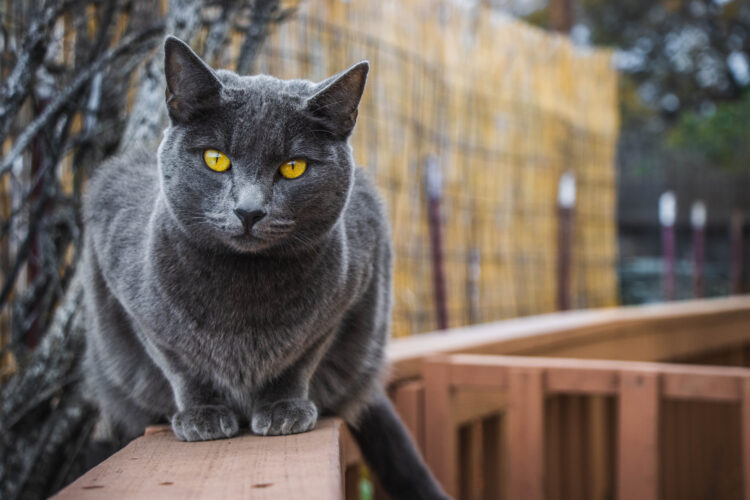
The Chartreux can trace its history back to France and possibly as far as ancient Persia. This breed is known for its robust health, blue-gray coat, and striking orange eyes. The Chartreux are calm and playful cats, and they become excellent companions. According to legend, these cats were named after the Carthusian monks of France.
Savannah
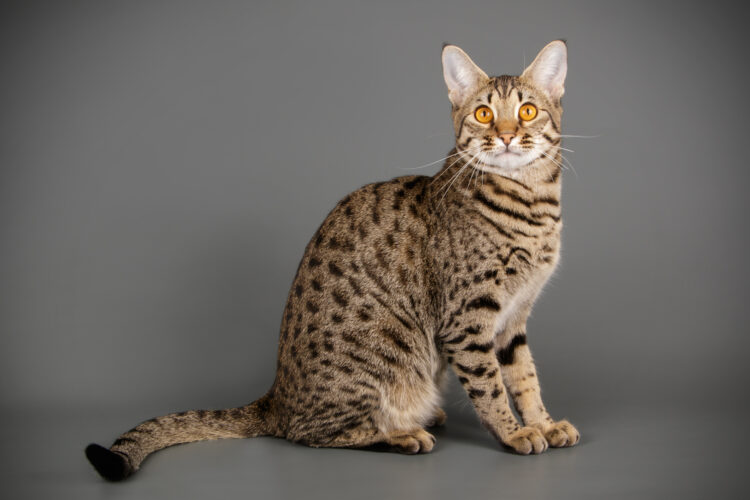
The Savannah cat is one of the newest breeds. Its striking appearance is derived from its wild ancestor, the African Serval. This breed has large ears, long legs, and a spotted coat. Savannahs are known for their high energy levels, intelligence, and curiosity. While they do well in active homes, their strong hunting instincts mean they require plenty of stimulation and space.

Comments
Loading…